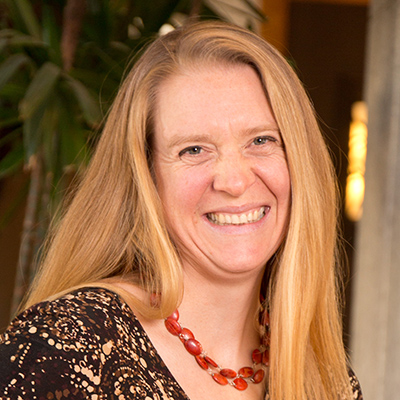
Unlocking America’s rooftop solar potential
Experts discuss findings of new report and local and state leaders share strategies for sustaining rooftop solar growth

On February 13th, Environment America Research & Policy Center organized a webinar to release a new report, Rooftop solar on the rise: Small solar projects are delivering 10 times as much power as a decade ago. This article recaps key points made during the webinar by experts and local officials. You can watch a recording of the webinar at the link below.

Recording of Rooftop Solar on the Rise webinar
To begin the presentation, Johanna Neumann, Senior Director of Environment America Research & Policy Center’s Campaign for 100% Renewable Energy, addressed America’s overdependence on fossil fuels such as coal, oil, and gas. She highlighted the environmental harm caused by their extraction, transportation, combustion, and waste disposal, which pollute air, land, and water, and contribute to health issues and climate change.
Neumann emphasized the availability of superior alternatives, pointing to the abundance of renewable energy sources in the United States, with solar energy standing out as particularly promising.
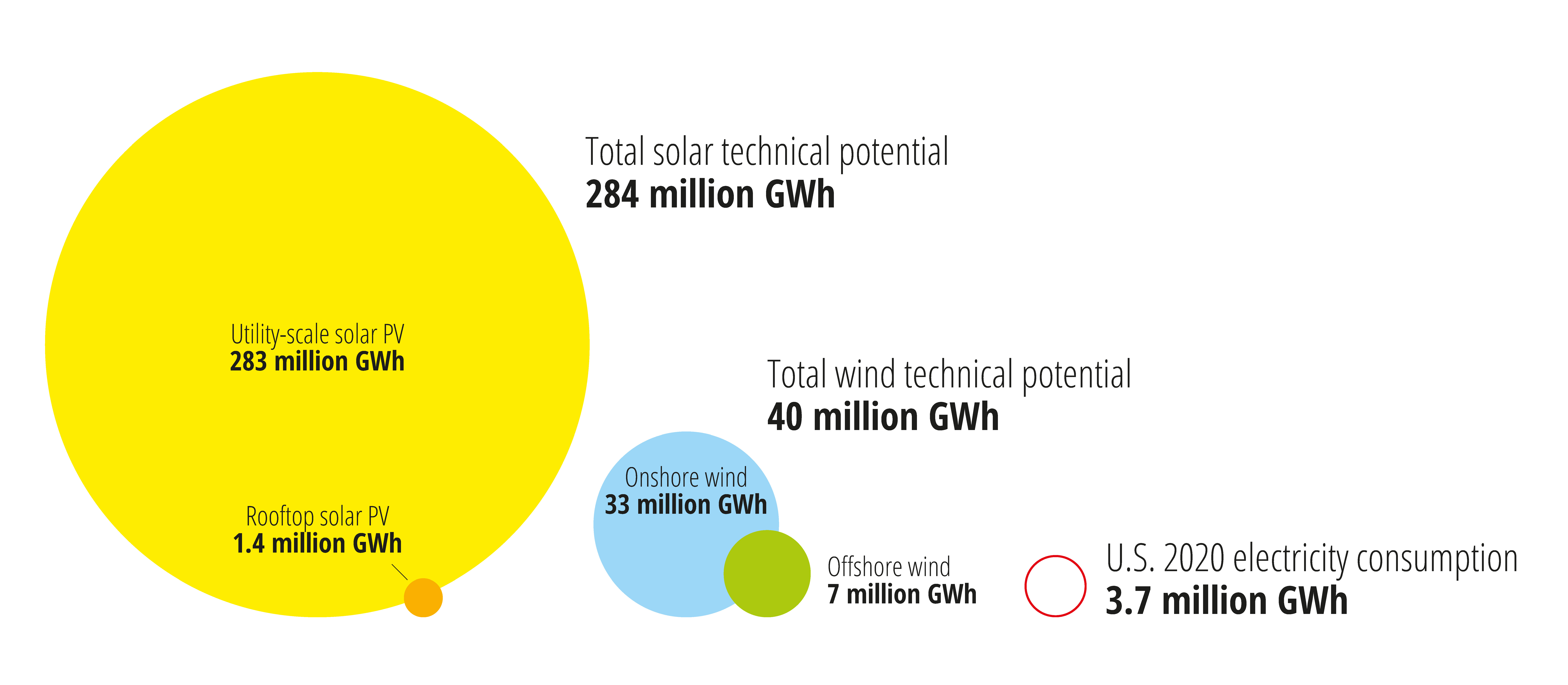
Referring to the figure, Neumann highlighted the small burnt orange “rooftop solar” circle within the larger yellow “solar” circle. The Rooftop Solar on the Rise report report revealed that America’s rooftop solar potential could fulfill 45% of 2022 electricity demand if fully utilized.
Neumann then summarized the primary benefits of rooftop solar, as outlined below.
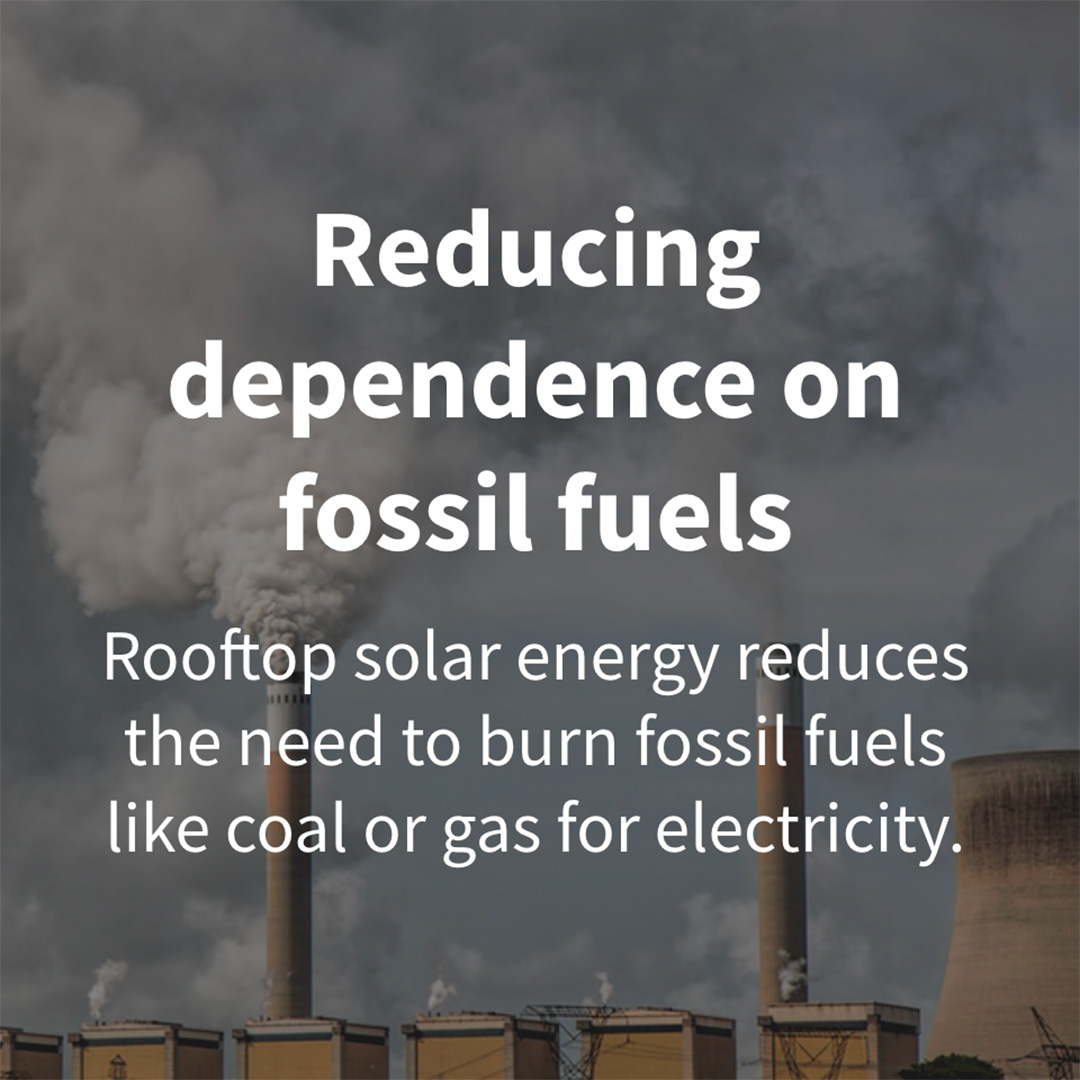


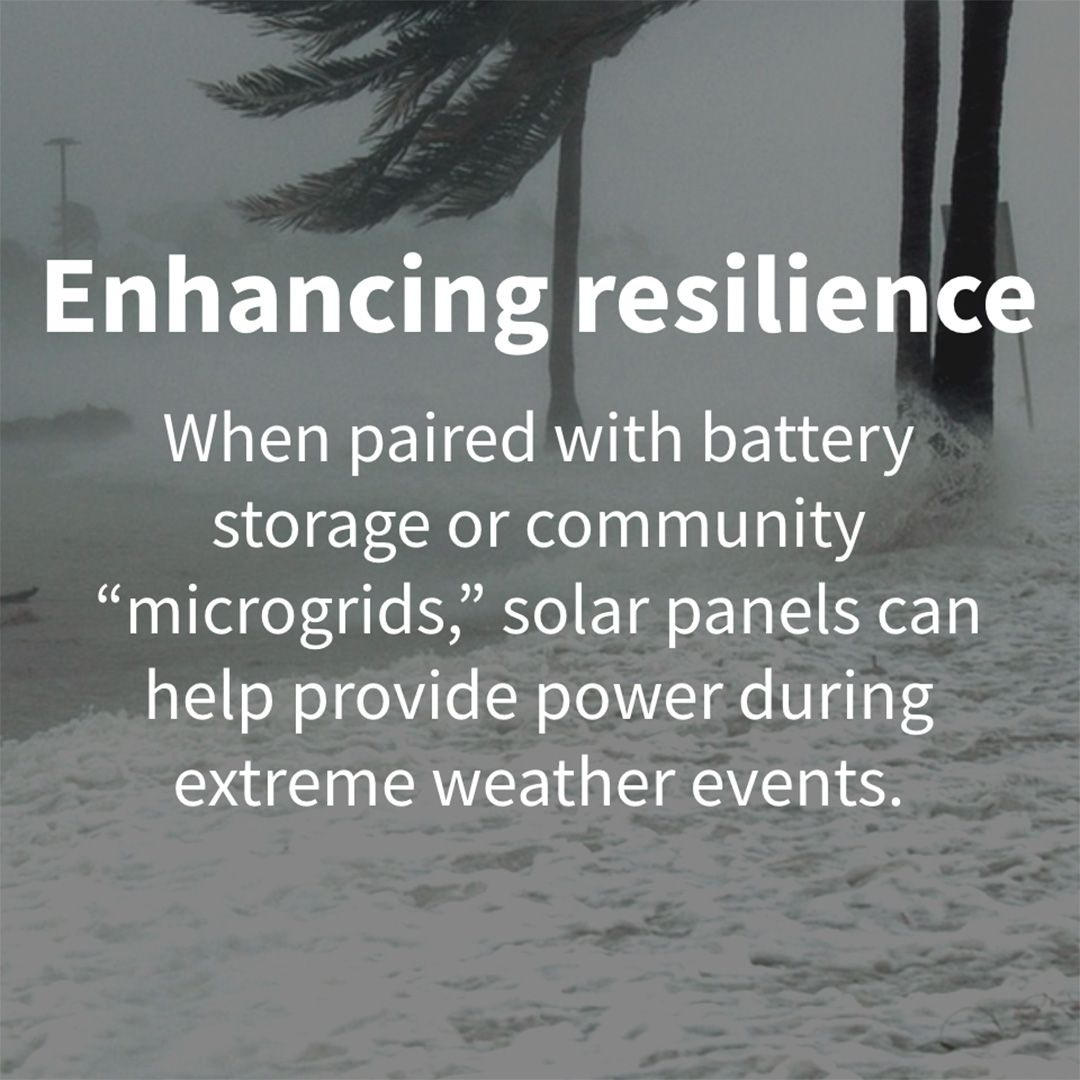
We should be putting solar panels on as many rooftops as we can as quickly as possible.Johanna Neumann
Senior Director, Campaign for 100% Renewable Energy
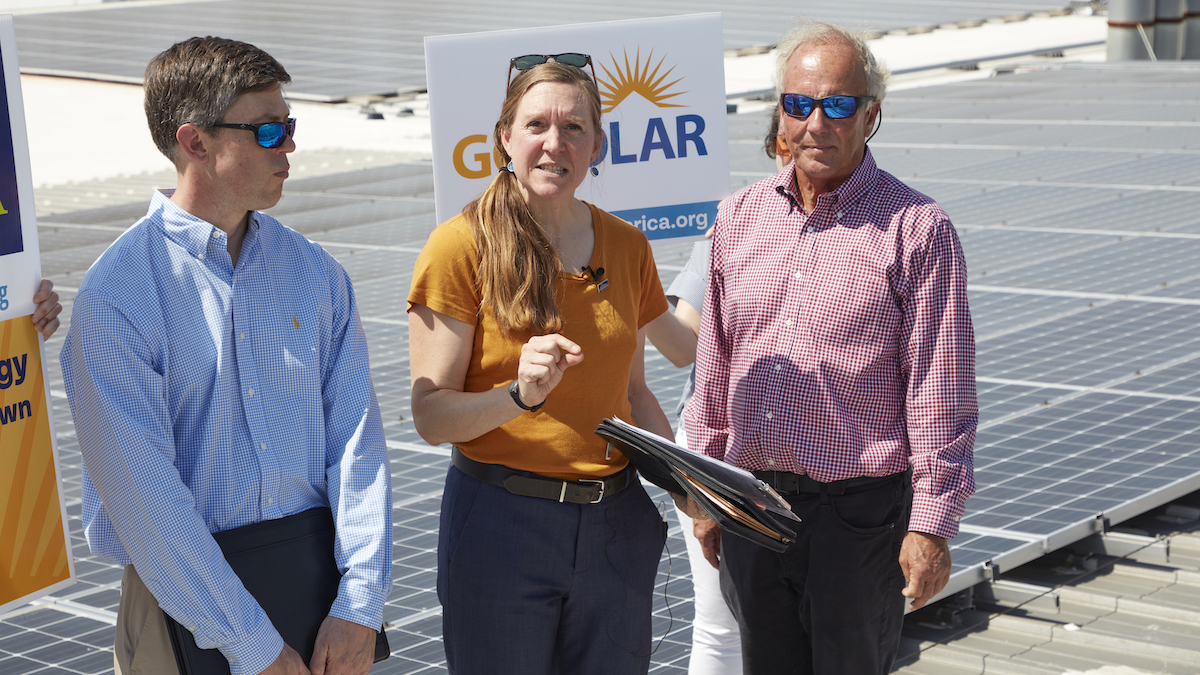
Neumann detailed how the Rooftop Solar on the Rise report drew from Energy Information Administration (EIA) data as well as from the National Renewable Energy Laboratory (NREL) to address key questions regarding rooftop solar in America.
Common questions about rooftop solar
How fast is rooftop solar growing?
Small-scale solar energy – most of which is installed on rooftops – is growing rapidly in the United States. Neumann explained that in 2002, rooftop solar provided just a tiny sliver of America’s electricity needs. By 2012 rooftop solar had grown to nearly 6000 GWh of power. In 2022, small-scale solar in America produced 10 times as much power as a decade earlier. Two-thirds of that growth occurred between 2017 and 2022. For state-by state charts and to compare among states, go to the interactive Rooftop Solar on the Rise dashboard.
What is the contribution of rooftop solar to the energy mix?
In 2022, America generated enough electricity from small-scale solar installations to power 5.7 million typical American homes – more than all the homes in the state of Pennsylvania.
Which states lead in rooftop solar adoption?
California, Arizona, New York, Massachusetts, and New Jersey emerged as frontrunners in rooftop solar generation in 2022.
What sector is driving the growth of small-scale solar?
Residential solar installations spearheaded the growth in small-scale solar, accounting for nearly two-thirds of electricity generation in 2022.
How does current adoption compare to rooftop solar potential?
Despite significant strides, the U.S. has tapped only a fraction of its rooftop solar potential, presenting vast opportunities. Rooftop Solar on the Rise finds that America could generate up to 45% of its electricity from solar rooftops, yet, in 2022, rooftop solar provided only 1.5% of America’s electricity. Big opportunities lie ahead, with more residential solar but also large commercial and industrial buildings.
What policies are recommended to maximize rooftop solar?
Rooftop solar power is growing fastest in places with supportive public policies that make it convenient, fast and affordable to install solar panels. Neumann explained that leading solar energy states usually have the following policies:
- Consistent statewide permitting and interconnection policies that make it fast and easy to “go solar.”
- Rules such as “net metering” that assure fair and adequate compensation for the extra solar power that panel owners send to the grid.
- Solar incentives such as rebates, renewable energy credits and tax exemptions.
Tony Dutzik, the associate director and senior policy analyst at Frontier Group, presented the functionality of the Rooftop Solar on the Rise dashboard, which offers insight into the growth of small-scale solar energy across states. The interactive dashboard provides comprehensive data enabling users to explore various aspects of solar energy adoption.
The national map displays the total small-scale solar electricity production for each state in 2022, alongside population-adjusted figures. By clicking on specific states, users can access detailed information and conduct comparisons between states.
Scrolling further down reveals the state dashboard, where users can select individual states to view data on small-scale solar energy production, the equivalent number of average American homes powered by this electricity, and the state’s rooftop solar potential. Additionally, users can compare progress across states.
Further details beneath the state chart outline the types of rooftop solar projects thriving in each state, including residential, commercial, and industrial installations.
Following Dutzik’s presentation, a panel of local and state leaders shared their jurisdictions’ efforts to promote rooftop solar growth and future plans.




Panel of state and local leaders share rooftop solar successes
Growing rooftop solar in Maryland
Maryland State Senator Sarah Elfreth discussed legislative actions, including supporting a 2019 bill aiming for 50% renewable energy by 2030 and Governor Wes Moore’s commitment to 100% renewable energy by 2035. Elfreth highlighted the Brighter Tomorrow Act, aiming to expand solar incentives and prioritize solar installations on built environments.
Athens Mayor Kelly Darryl Girtz highlighted the city’s commitment to clean energy, citing the significant impact of solar installations at local facilities, including a wastewater treatment plant now powered by half its electricity from solar sources. Girtz also emphasized ongoing initiatives, such as the deployment of a 1,600-panel solar installation at the Classic Center, expected to generate one-third of the building’s energy needs. Additionally, Girtz mentioned efforts to allocate utility fees towards clean energy projects, with a focus on modernizing homes through rooftop solar integration.
The city’s involvement in two Solarize programs was noted by Girtz, underscoring community efforts to enhance rooftop solar accessibility for residents and small businesses. He also mentioned legislation in the Georgia General Assembly that would authorize community solar statewide.
San Antonio’s rooftop solar success
San Antonio Mayor Ron Nirenberg highlighted the city’s longstanding leadership in promoting rooftop solar adoption. He discussed the success of the STEP energy conservation program, which surpassed its energy-savings goal by over 200 megawatts, with various initiatives including solar rebates benefiting over 19,000 municipal utility customers.
Nirenberg shared his excitement about the impact of the Inflation Reduction Act (IRA), the largest investment in climate action in our nation’s history, which is expected to accelerate rooftop solar adoption. In particular, Nirenberg highlighted the direct pay provision under the IRA, which has positions municipalities to qualify for tax credits for solar for the first time. He cited a recent $30 million project to install solar panels at 42 city facilities, expected to offset 11% of electricity consumption and serve as a national model for municipal solar expansion.
The mayor highlighted the city’s efforts in providing residents with information on federal incentives through a dedicated website and planned door-to-door outreach to educate citizens about IRA benefits.
San Antonio will continue to lead in the clean energy transition in Texas.Ron Nirenberg
Mayor of San Antonio, Texas
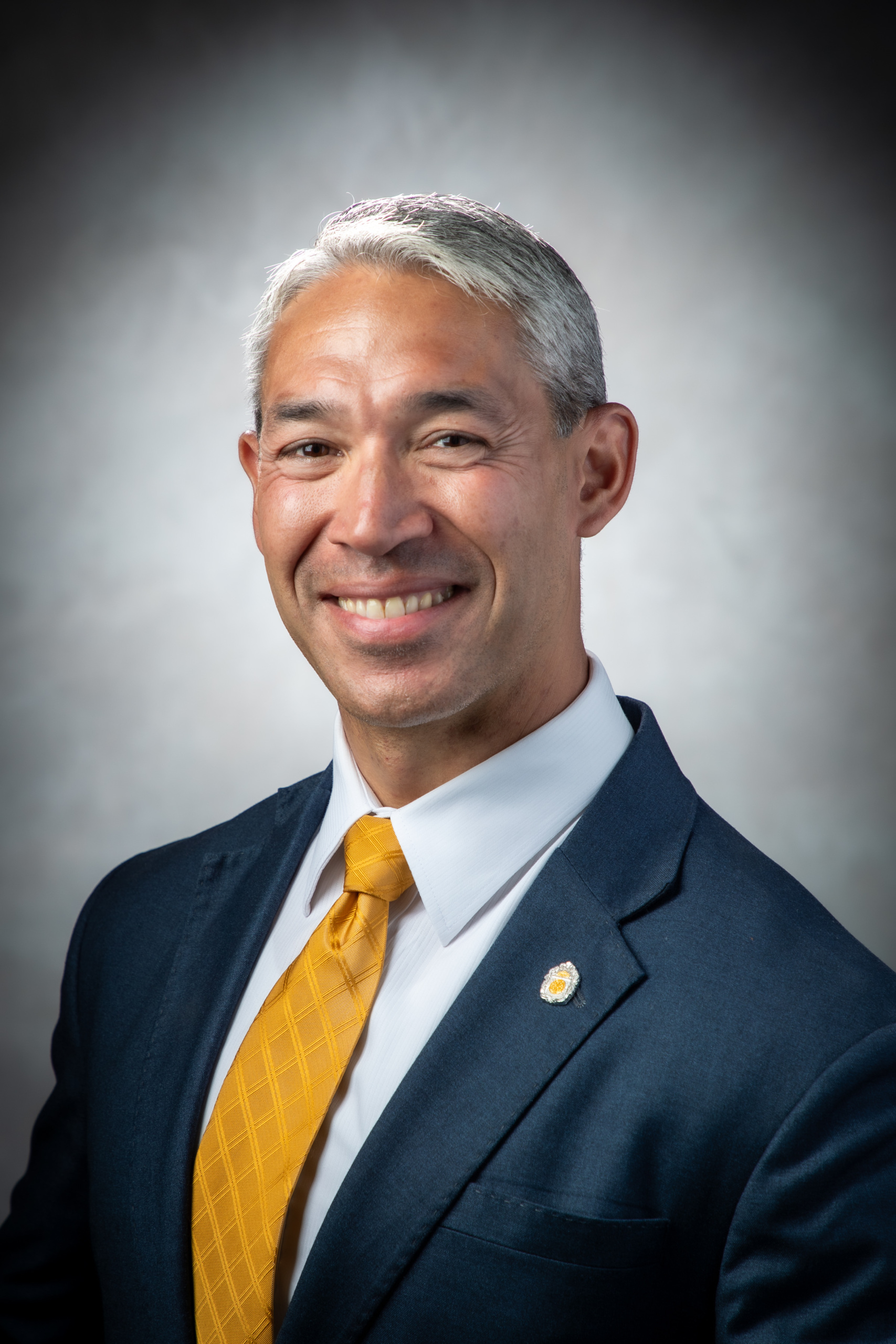
Illinois Shines spurs rooftop solar adoption
Chairman Doug Scott of the Illinois Commerce Commission highlighted the state’s robust support for rooftop solar, integral to its decarbonization goals set forth in the Climate and Equitable Jobs Act. With increased funding for renewable energy programs, Illinois revamped its solar initiatives to maximize effectiveness.
Under the revamped program, customers can select approved vendors through the Illinois Power Agency and negotiate contract terms for rooftop solar installations. Scott said the state’s solar program, Illinois Shines, has facilitated over 60,000 new rooftop solar installations, contributing significantly to the state’s renewable energy capacity. Numerous utility-scale and community solar projects have been supported through this program as well.
Scott explained that program capacity is refreshed annually, opening on June 1st. The state allocates approximately 120 to 150 megawatts annually for new residential rooftop solar projects, with high demand leading to rapid subscription. Similar support is extended to commercial and industrial projects, with one service territory exhausting its credits within a month and a half.
Special provisions are in place to support solar projects in historically disadvantaged communities.
Looking ahead, Scott said Illinois intends to further bolster its solar initiatives by allocating additional funding, emphasizing the pivotal role of rooftop solar in the state’s energy transition.
Community solar a highlight in New Jersey
Veronique Oomen, the Director of Clean Energy at the New Jersey Board of Public Utilities, provided insights into New Jersey’s pivotal role in addressing climate change vulnerability and advancing Governor Murphy’s ambitious goal of achieving 100% clean energy by 2035.
Oomen highlighted New Jersey’s standing among the top five states nationwide for rooftop solar implementation. With over 182,000 residential installations and 9,000 commercial installations by the end of 2023, rooftop solar has become a cornerstone of the state’s clean energy portfolio. She emphasized the success of New Jersey’s community solar program as particularly noteworthy.
Attributing the state’s achievements to a combination of proactive legislative measures and supportive policies under Governor Murphy’s administration, Oomen underscored longstanding initiatives such as net metering. She also mentioned ongoing grid modernization efforts aimed at facilitating the integration of new small-scale solar projects into the electric grid.
Following the panelists’ remarks, the audience engaged in a Q&A session where speakers explained what policies state lawmakers are considering to bolster rooftop solar adoption, what can be done to get rooftop solar back on track in California after regulators there gutted key rooftop solar incentives, and how to address environmental harms of battery energy storage.
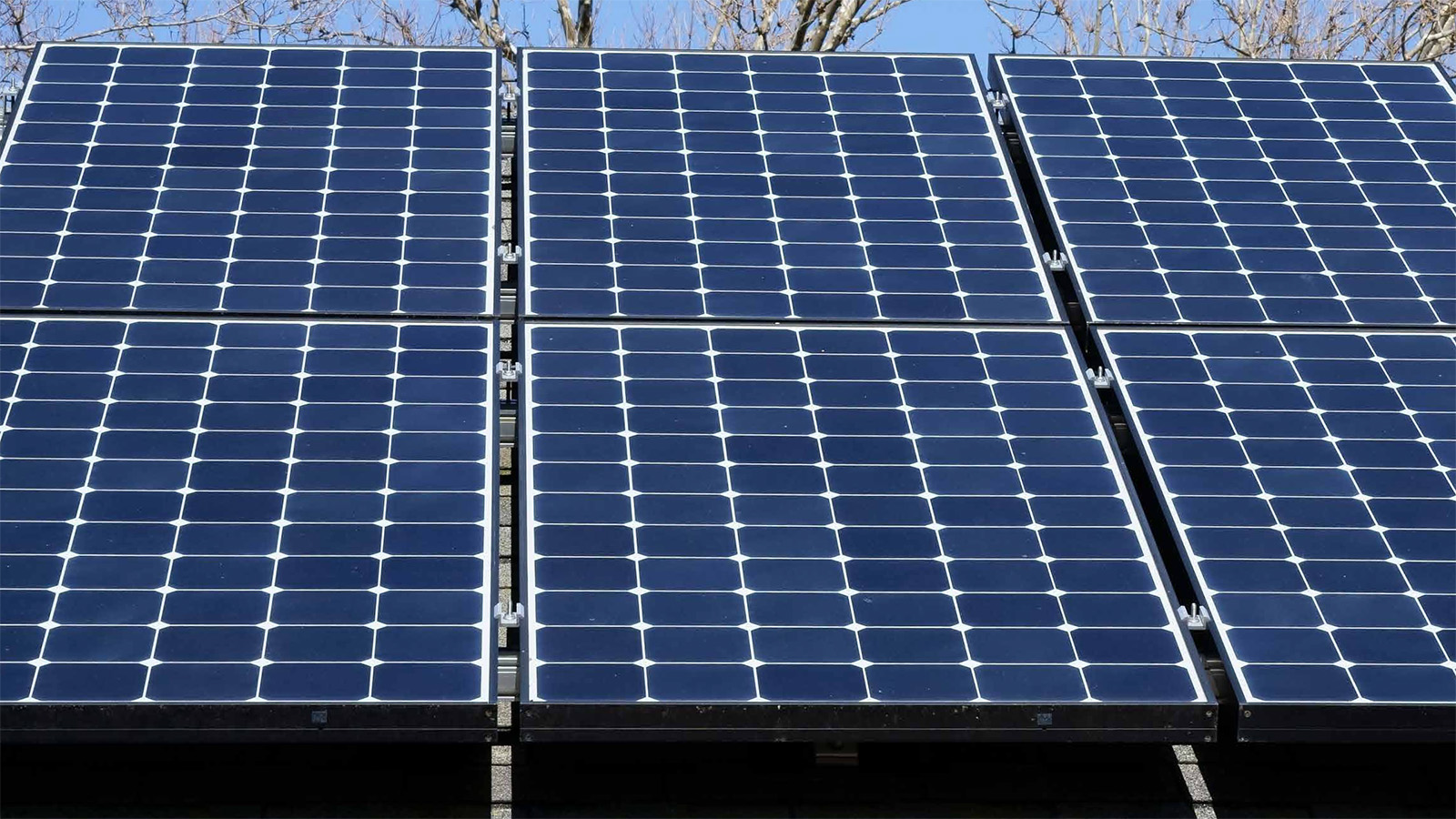
Rooftop solar on the rise
Topics
Authors
Johanna Neumann
Senior Director, Campaign for 100% Renewable Energy, Environment America Research & Policy Center
Johanna directs strategy and staff for Environment America's energy campaigns at the local, state and national level. In her prior positions, she led the campaign to ban smoking in all Maryland workplaces, helped stop the construction of a new nuclear reactor on the shores of the Chesapeake Bay and helped build the support necessary to pass the EmPOWER Maryland Act, which set a goal of reducing the state’s per capita electricity use by 15 percent. She also currently serves on the board of Community Action Works. Johanna lives in Amherst, Massachusetts, with her family, where she enjoys growing dahlias, biking and the occasional game of goaltimate.
Find Out More
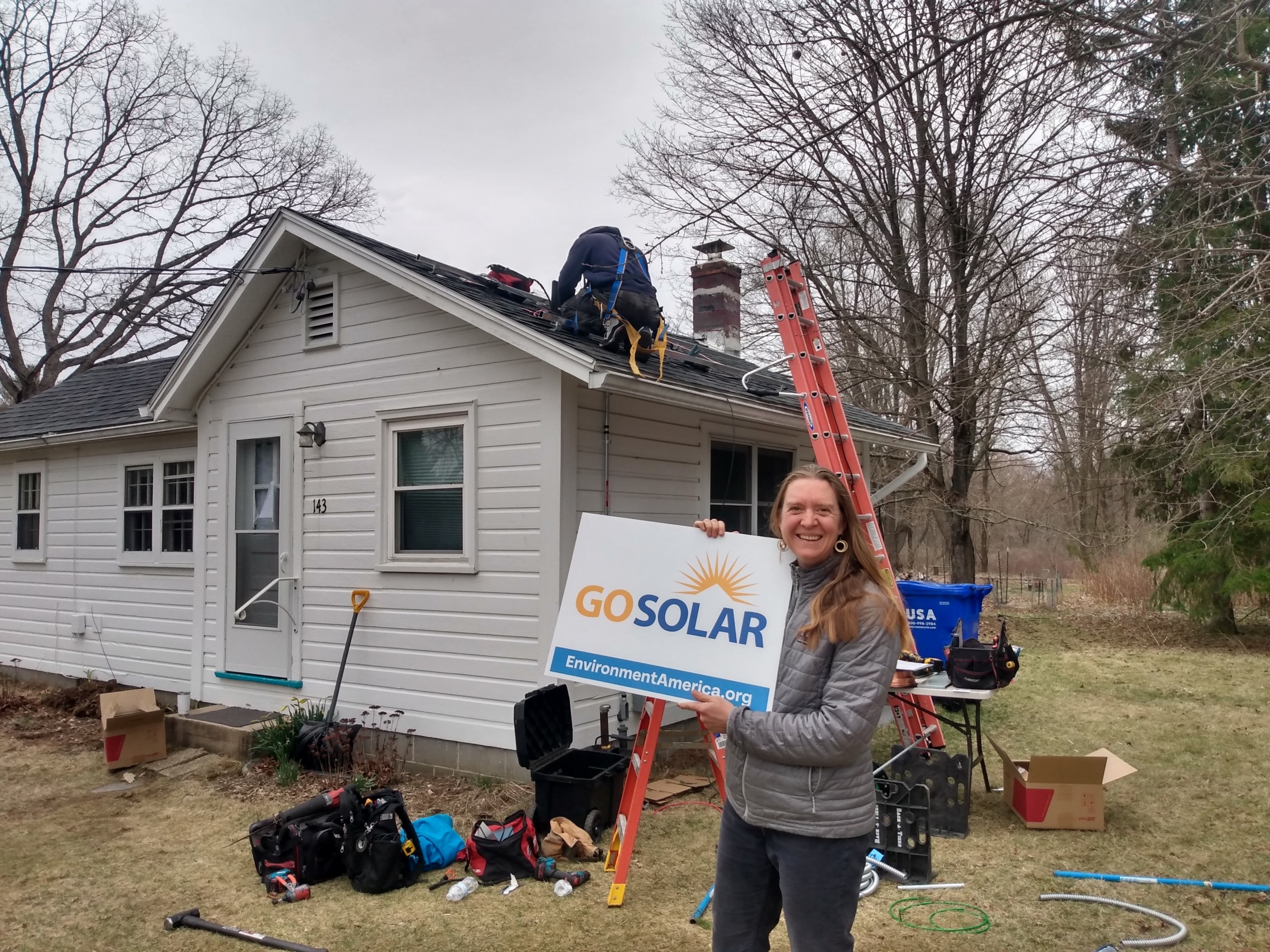
How can Massachusetts get more rooftop solar with less red tape?
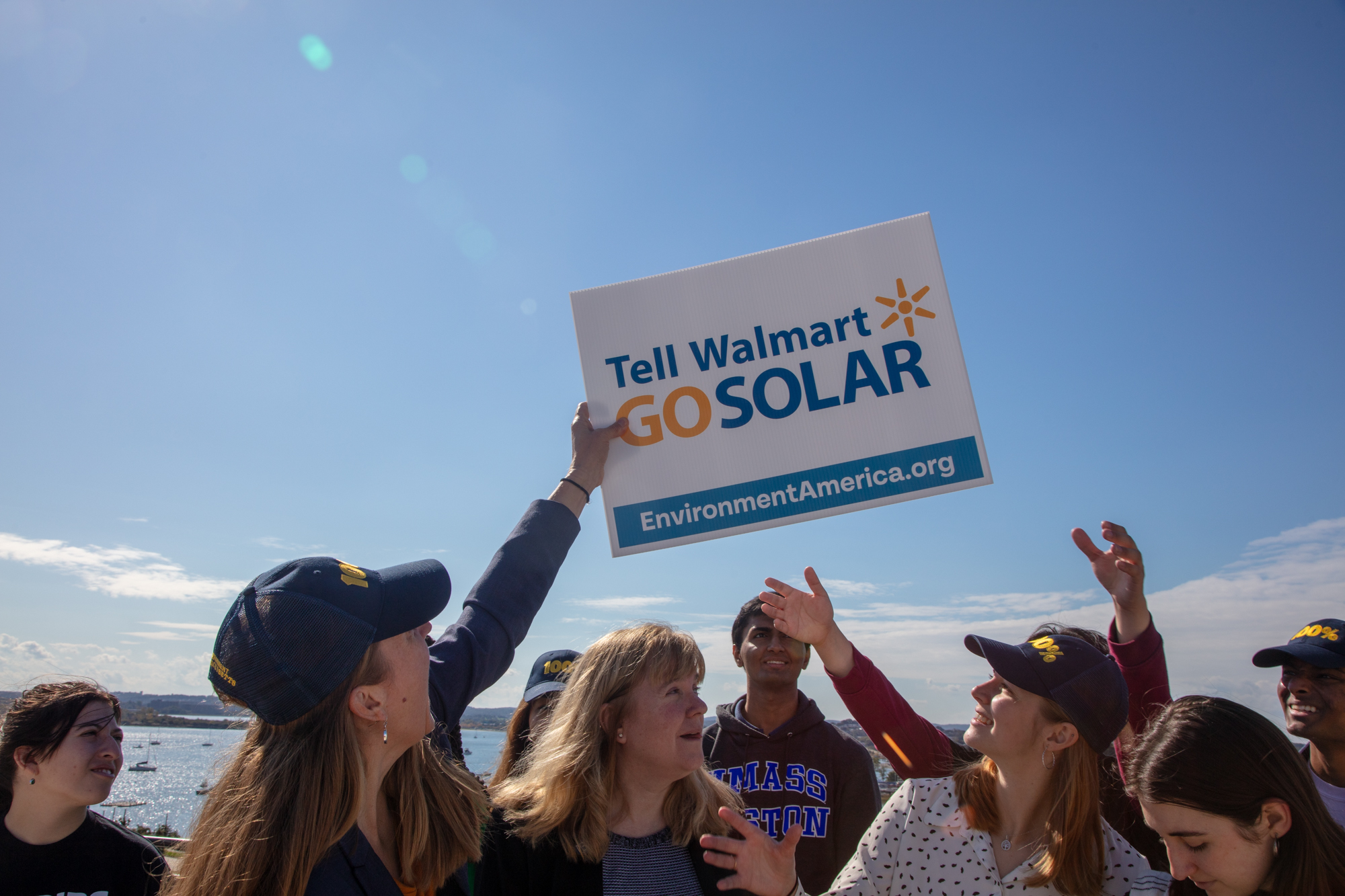
Which 10 American retailers can lead the way on rooftop solar?
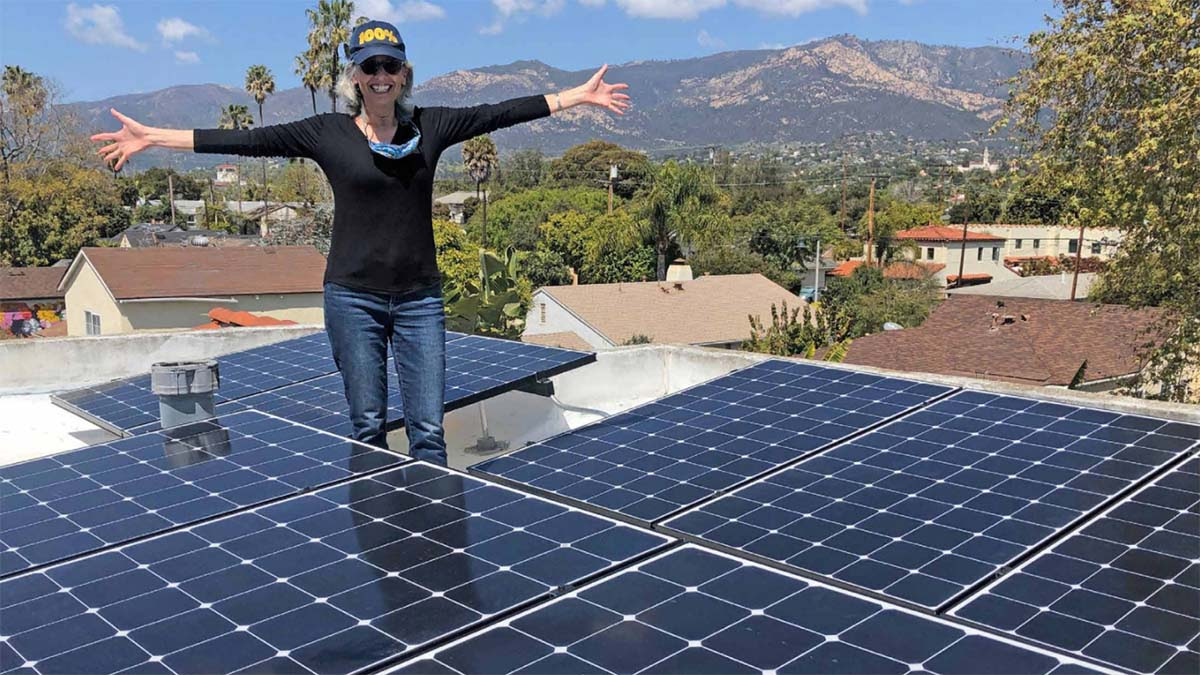
More rooftop solar, less red tape

